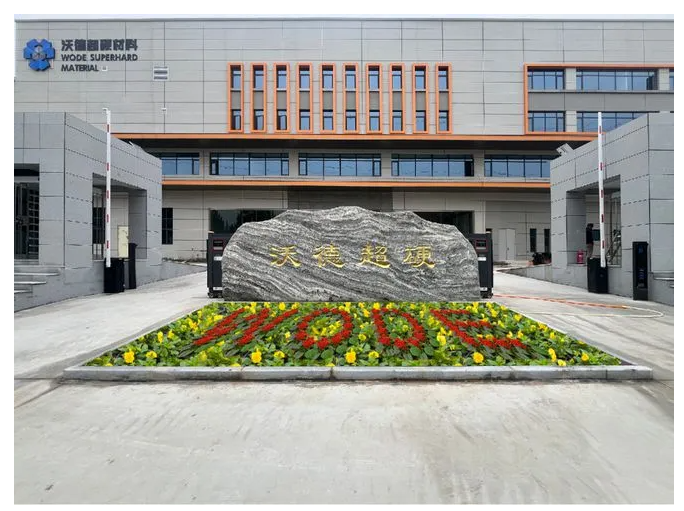摘要 通过切削实验,观察切削前后刀具的表面和刃口形貌、金刚石刀片组成成分、以及被加工工件表面粗糙度,比较两种刀具的切削性能,探讨其失效机理。结果表明:在同等条件下,CVD金刚石刀具的切削性能要明显优于PCD刀具。在车削过程中,PCD刀具的失效机理主要是结合剂与被加工材料中化学成分发生化学反应使结合剂流失,导致刀具结构疏松,从而导致磨粒团脱落。CVD刀具的失效机理为产生变质层磨损。切削过程中随着加工时间的进一步延长,切削区温度不断升高,当达到热化学反应温度时,就会在刀具表面形成变质层,从而带来切削过程中刀具的磨损;同时高温状态下CVD金刚石的晶界疲劳破坏,也可能会造成CVD金刚石刀具的磨损失效。(金刚石与磨料磨具工程2009年第一期)
Abstract Cutting experiment on hard plastic PMMA was conducted with PCD and CVD cutter respectively.The edge and surface morphology and composition of the PCD and the CVD diamond insert,as well as the surface roughness,were studied before and after the cutting process.The cutting performance of these tools was compared and their failure mechanism was explored.The results showed that under the same machining condition,the cutting performance of the CVD diamond tools was superior to that of the PC D tools.The main failure mechanism of the PC D tools is the chemical reaction between binder and machined material,which leads to the loss of binder and the abscission of worn particles(diamond particles),and then induces the damage of the cutting tools structure.The failure mechanism of the CVD diamond tools is the wear of affected layer.With further extension of the cutting process,the temperature of the cutting zone keeps rising.When the temperature reached the thermal chemical reaction temperature,affected layers would be generated at the tool surface as the insert abraded out;at the same time,the tools’wear may also be caused by the fatigue failure of the grain boundary of CVD diamond at high temperature.


 手机资讯
手机资讯 官方微信
官方微信










 豫公网安备41019702003646号
豫公网安备41019702003646号